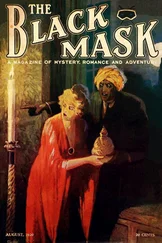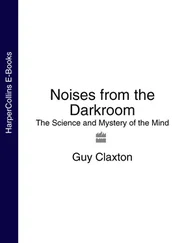By 1506 Eurasia was coming into focus and there were glimmers of South America. By 1570 the Americas were coming into focus, but there was no sign of Australia. By 1744 Australia was coming into focus, but Antarctica was terra incognita.
Similarly (Figure 3.2), by 1690 the Newtonian laws of physics had come into focus. With concepts such as force, mass, and acceleration and equations that link them, such as F = ma , the Newtonian laws accurately describe the motion of the Moon around the Earth and the Earth around the Sun, the flight of an airplane, the construction of a bridge, and collisions of a child’s marbles. In Chapter 2 we briefly met an example of a Newtonian law, the inverse square law for gravity.
By 1915 Einstein and others had found strong evidence that the Newtonian laws fail in the realm of the very fast (objects that move at nearly the speed of light), the realm of the very large (our universe as a whole), and the realm of intense gravity (for example, black holes). To remedy these failures Einstein gave us his revolutionary relativistic laws of physics (Figure 3.2). Using the concepts of warped time and warped space (which I describe in the next chapter), the relativistic laws predicted and explained the expansion of the universe, black holes, neutron stars, and wormholes.
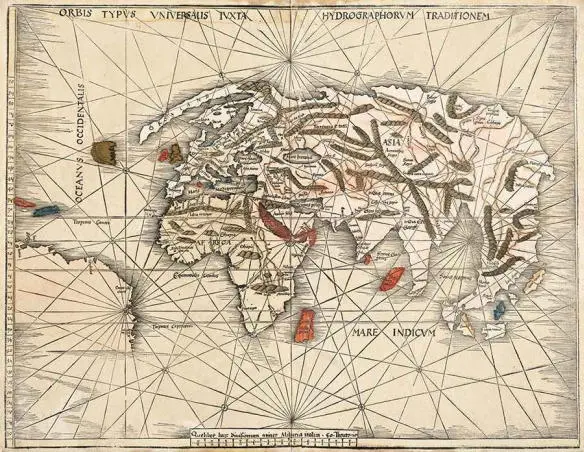
1506—Martin Waldseemuller
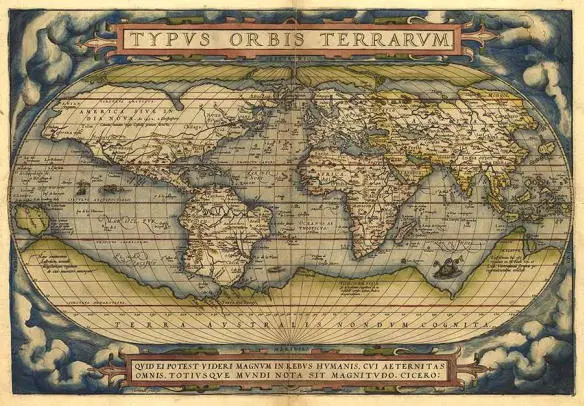
1570—Abraham Ortelius
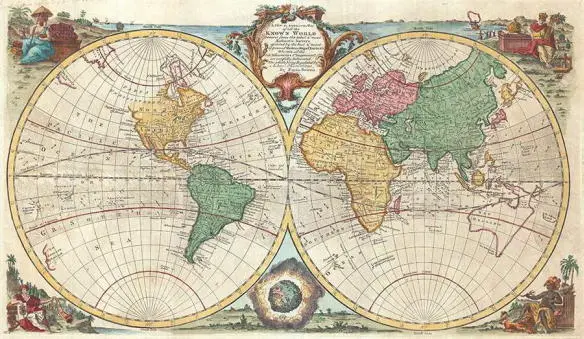
1744—Emanuel Bowen
Fig. 3.1. World maps from 1506 to 1744.
By 1924 it was crystal clear that the Newtonian laws also fail in the realm of the very small (molecules, atoms, and fundamental particles). To deal with this Niels Bohr, Werner Heisenberg, Erwin Schrödinger, and others gave us the quantum laws of physics (Figure 3.2). Using the concepts that everything fluctuates randomly at least a little bit (which I describe in Chapter 26), and that these fluctuations can produce new particles and radiation where before there were none, the quantum laws have brought us lasers, nuclear energy, light-emitting diodes, and a deep understanding of chemistry.
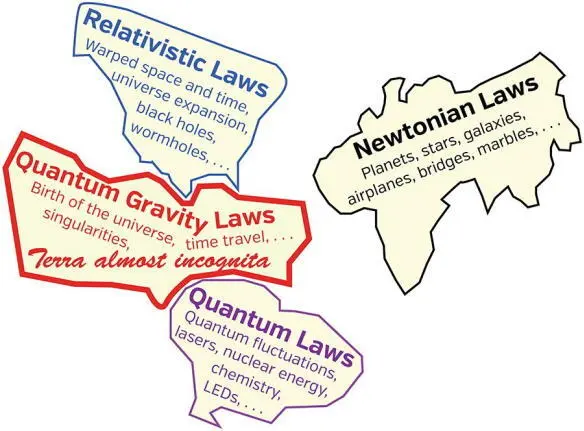
Fig. 3.2. The physical laws that govern the universe.
By 1957 it became evident that the relativistic laws and the quantum laws are fundamentally incompatible. They predict different things, incompatible things, in realms where gravity is intense and quantum fluctuations are strong. [5] In these realms, for example, the energy of light has huge quantum fluctuations. They are so huge that they warp space and time enormously and randomly. The fluctuating warpage is beyond the scope of Einstein’s relativistic laws, and the warpage’s influence on the light is beyond the scope of the light’s quantum laws.
These realms include the big bang birth of our universe (Chapter 2), the cores of black holes like Gargantua (Chapters 26 and 28), and backward time travel (Chapter 30). In these realms a “fiery marriage” [6] The phrase “fiery marriage” was coined by my mentor John Wheeler, who was superb at naming things. John also coined the words “black hole” and “wormhole” and the phrase “a black hole has no hair”; Chapters 14 and 5. He once described to me lying in a warm bath for hours on end, letting his mind soar in a search for just the right word or phrase.
of the incompatible relativistic and quantum laws gives rise to new laws of quantum gravity (Figure 3.2).
We do not yet know the laws of quantum gravity, but we have some compelling insights, including superstring theory (Chapter 21), thanks to enormous effort by the world’s greatest twenty-first-century physicists. Despite those insights, quantum gravity remains terra almost incognita (an almost unknown land). This leaves much elbow room for exciting science fiction, elbow room that Christopher Nolan exploits with great finesse in Interstellar ; see Chapters 28–31.
Truth, Educated Guesses, and Speculations
The science of Interstellar lies in all four domains: Newtonian, relativistic, quantum, and quantum gravity. Correspondingly, some of the science is known to be true, some is an educated guess, and some is speculation.
To be true , the science must be based on well-established physical laws (Newtonian, relativistic, or quantum), and it must have enough basis in observation that we are confident of how to apply the well-established laws.
In precisely this sense, neutron stars and their magnetic fields, as described in Chapter 2, are true. Why? First, neutron stars are firmly predicted to exist by the quantum and relativistic laws. Second, astronomers have studied in enormous detail the pulsar radiation from neutron stars (pulses of light, X-rays, and radio waves described in Chapter 2). These pulsar observations are beautifully and accurately explained by the quantum and relativistic laws, if the pulsar is a spinning neutron star; and no other explanation has ever been found. Third, neutron stars are firmly predicted to form in astronomical explosions called supernovae, and pulsars are seen at the centers of big, expanding gas clouds, the remnants of old supernovae. Thus, we astrophysicists have no doubt; neutron stars really do exist and they really do produce the observed pulsar radiation.
Another example of a truth is the black hole Gargantua and the bending of light rays by which it distorts images of stars (Figure 3.3). Physicists call this distortion “gravitational lensing” because it is similar to the distortion of a picture by a curved lens or mirror, as in an amusement park’s fun house, for example.

Fig. 3.3. The stars in Gargantua’s galaxy, as seen around Gargantua’s shadow. Gargantua bends the light rays coming from each star, thereby distorting enormously the appearance of its galaxy: “gravitationally lensing” the galaxy. [From a simulation for this book by the Double Negative visual-effects team.]
Einstein’s relativistic laws predict, unequivocally, all the properties of black holes from their surfaces outward, including their gravitational lensing. [7] Chapters 5, 6, and 8.
Astronomers have firm observational evidence that black holes exist in our universe, including gigantic black holes like Gargantua. Astronomers have seen gravitational lensing by other objects (for example, Figure 24.3), though not yet by black holes, and the observed lensing is in precise accord with the predictions of Einstein’s relativistic laws. This is enough for me. Gargantua’s gravitational lensing, as simulated by Paul Franklin’s Double Negative team using relativity equations I gave to them, is true. This is what it really would look like.
By contrast, the blight that endangers human life on Earth in Interstellar (Figure 3.4 and Chapter 11) is an educated guess in one sense, and a speculation in another. Let me explain.
Throughout recorded history, the crops that humans grow have been plagued by occasional blights (rapidly spreading diseases caused by microbes). The biology that underlies these blights is based on chemistry, which in turn is based on the quantum laws. Scientists do not yet know how to deduce, from the quantum laws, all of the relevant chemistry (but they can deduce much of it); and they do not yet know how to deduce from chemistry all of the relevant biology. Nevertheless, from observations and experiments, biologists have learned much about blights. The blights encountered by humans thus far have not jumped from infecting one type of plant to another with such speed as to endanger human life. But nothing we know guarantees this can’t happen. That such a blight is possible is an educated guess . That it might someday occur is a speculation that most biologists regard as very unlikely.
Читать дальше






